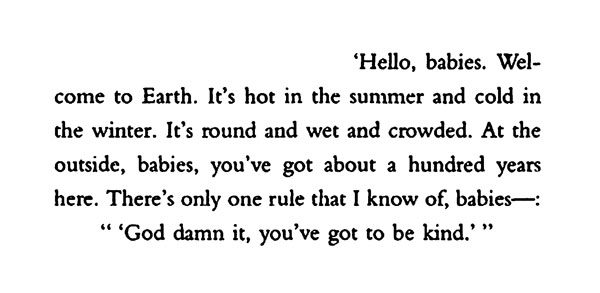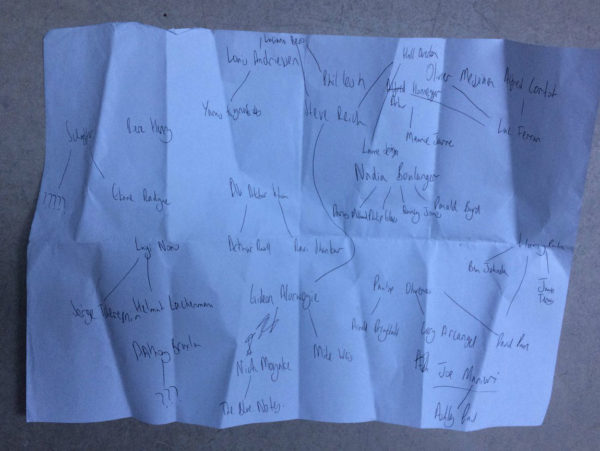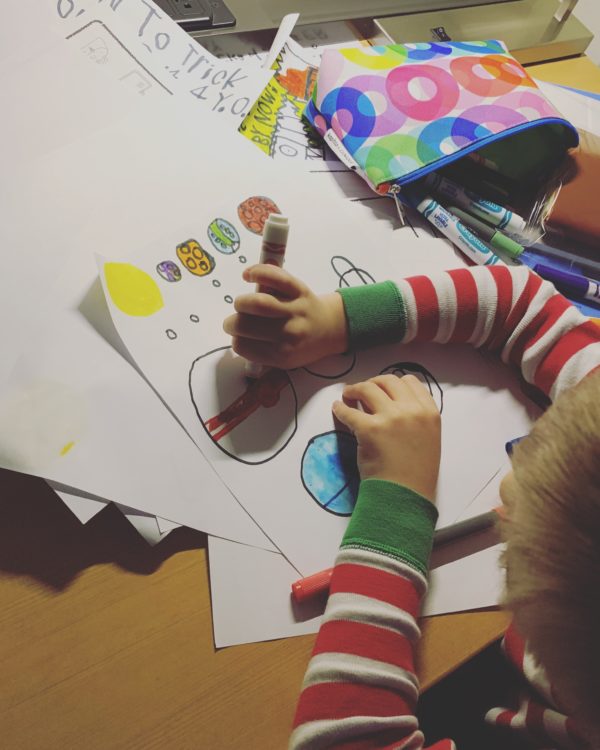
It’s pretty damned inspiring to wake up in the morning and there’s your six-year-old already at the hotel room desk hard at work.
Love among the ruins

This photo of ruins in Antigua, Guatemala is one of my favorite images from the past few years of traveling. (Not shown: the picnicking teenage sweethearts. “Love among the ruins…”)
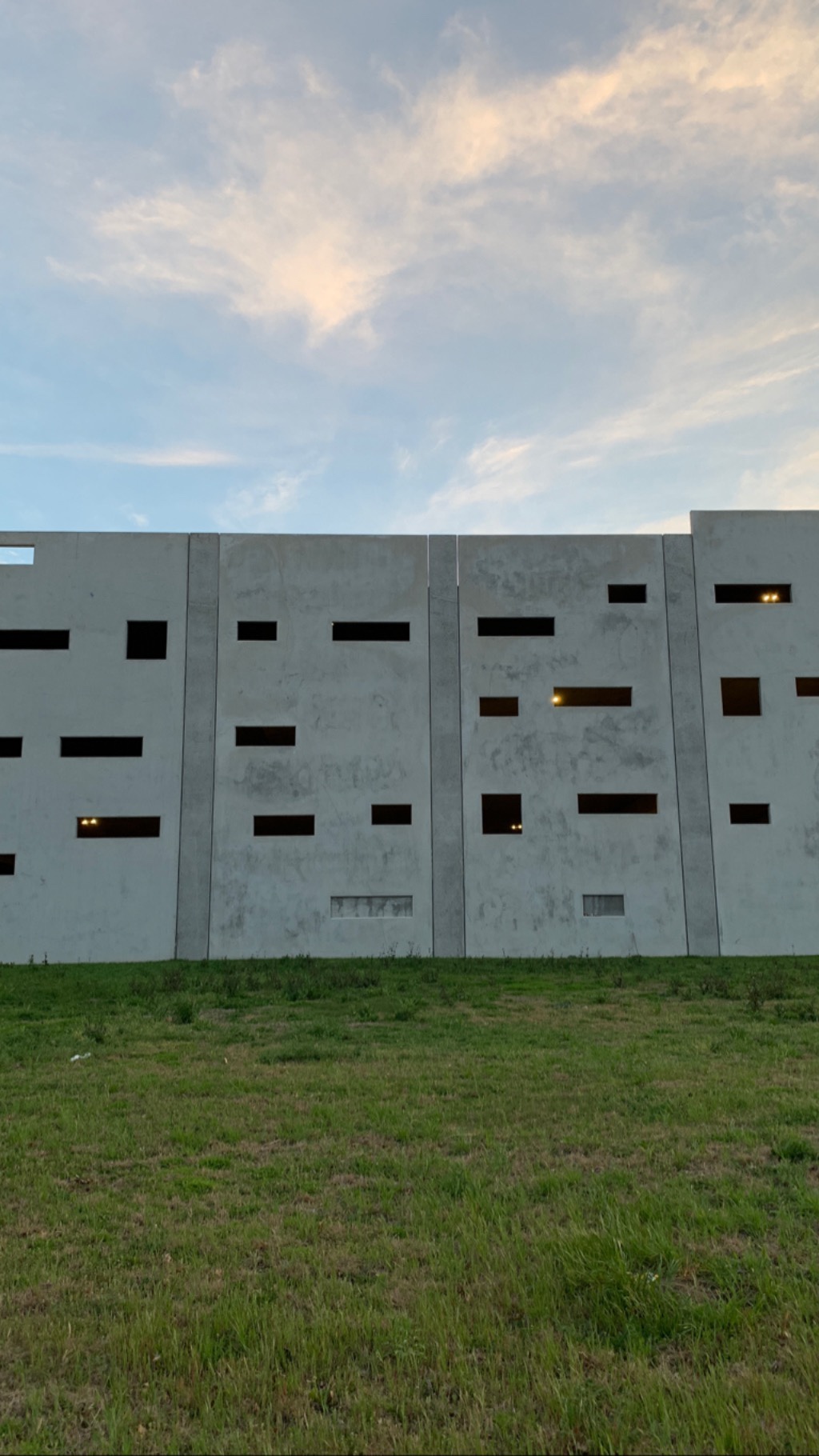
I’m back in Austin, Texas after several months away in The North, living not far from a city with actual ruins. What hits my eye and sticks in my brain are the cranes and the half-finished buildings. Maybe it’s just the dark mood in me, but the unfinished buildings all look like ruins-in-the-making. And some of the finished buildings, like the parking garage I walked past last night, already look like ruins.
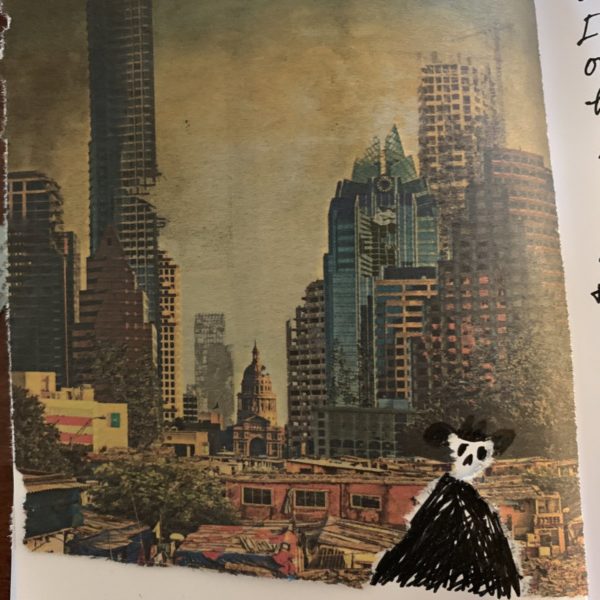
The most recent issue of the Austin Chronicle has a rendered image of a post-apocalyptic Austin on the front cover. (On Twitter I saw somebody joke that it was a well-played “don’t move here” measure.) There’s a creeping feeling that this won’t last. There’s a “correction” coming. But how bad will it be?

Everywhere you go there are abandoned scooters littering the sidewalks, like scooter cemeteries. (Undead? Waiting to be reanimated?)
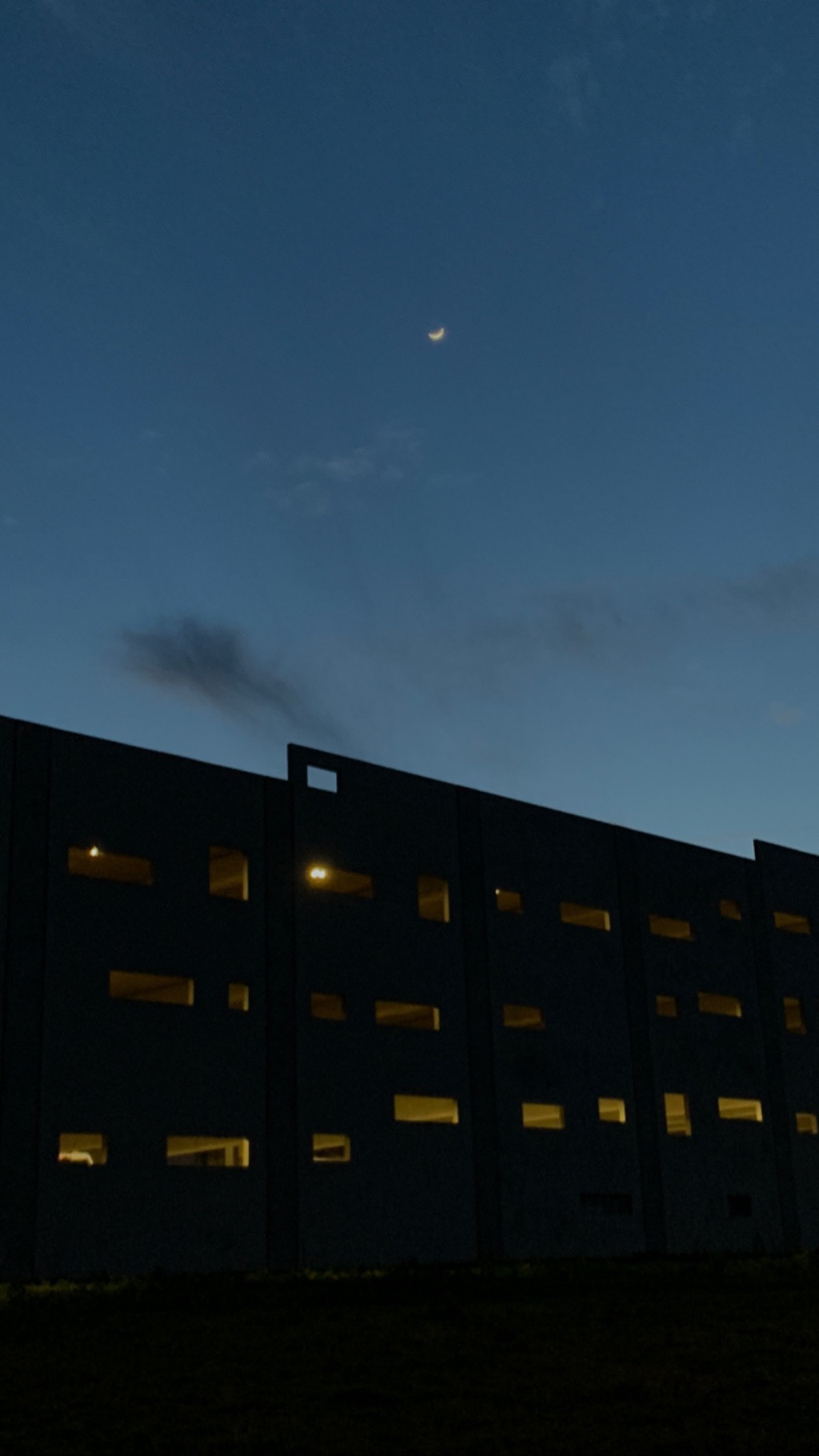
I still hold love for the place. There’s still some magic lingering here, just as there is everywhere in America. A sunset helps. I walked past that same parking garage a half-hour later and the ruins were glowing, with the moon overhead…
You’ve got to be kind
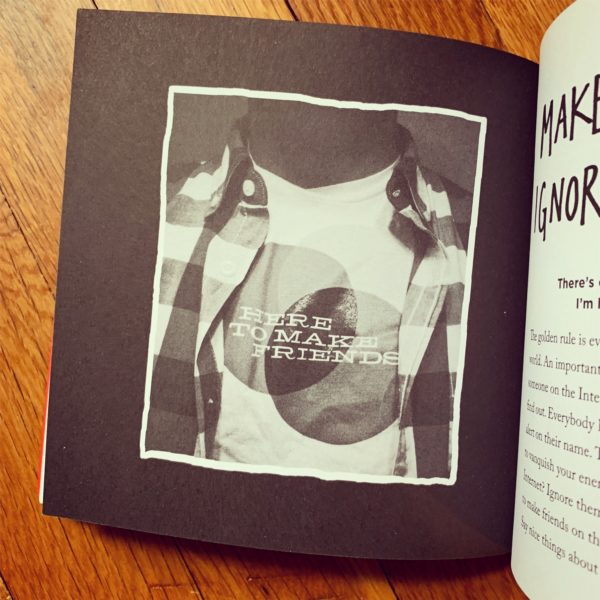
Whenever someone I know has a new baby, I re-read this part of Vonnegut’s God Bless You, Mr. Rosewater:
In this short video James Martin, author of The Jesuit Guide to (Almost) Everything, suggests that rather than giving up something for Lent, we try instead to do something active and positive: “Be kind.”
His tips:
1) Don’t be a jerk.
2) Honor the absent.
3) Always give people the benefit of the doubt.
The video made me think of George Saunders’ wonderful commencement speech, Congratulations, by the way: Some Thoughts on Kindness, in which he says, “What I regret most in my life are failures of kindness.” He suggests a worthy goal in life is to “Try to be kinder.” How?
Education is good; immersing ourselves in a work of art: good; prayer is good; meditation’s good; a frank talk with a dear friend; establishing ourselves in some kind of spiritual tradition — recognizing that there have been countless really smart people before us who have asked these same questions and left behind answers for us.
He also says the good news is that we tend to get kinder as we get older: “as you get older, your self will diminish and you will grow in love.”
When Roger Ebert was at the peak of his blogging in 2009, death on his mind, he wrote a post about his beliefs, and wrote about kindness:
I drank for many years in a tavern that had a photograph of Brendan Behan on the wall, and under it this quotation, which I memorized:
“I respect kindness in human beings first of all, and kindness to animals.I don’t respect the law; I have a total irreverence for anything connected with society except that which makes the roads safer, the beer stronger, the food cheaper and the old men and old women warmer in the winter and happier in the summer.”
For 57 words, that does a pretty good job of summing it up.
“Kindness” covers all of my political beliefs. No need to spell them out. I believe that if, at the end of it all, according to our abilities, we have done something to make others a little happier, and something to make ourselves a little happier, that is about the best we can do. To make others less happy is a crime. To make ourselves unhappy is where all crime starts. We must try to contribute joy to the world. That is true no matter what our problems, our health, our circumstances. We must try. I didn’t always know this, and am happy I lived long enough to find it out.
Why is being kind so hard? From a review of On Kindness, by Adam Phillips and Barbara Taylor:
The punch line of the book is that we are, each of us, battling back against our innate kindness, with which we are fairly bursting, at every turn. Why? Because “real kindness is an exchange with essentially unpredictable consequences. It is a risk precisely because it mingles our needs and desires with the needs and desires of others, in a way that so-called self-interest never can. . . . By involving us with strangers . . . as well as with intimates, it is potentially far more promiscuous than sexuality.” By walling ourselves off from our inner kindness, we end up skulking around, hoarding scraps from the lost magical kindness of childhood, terrified that our hatred is stronger than our love.
As with so many things in life, it helps to think of kindness as a verb (something you do) and not a noun (something you have). Here’s Emily Esfahani Smith:
There are two ways to think about kindness. You can think about it as a fixed trait: either you have it or you don’t. Or you could think of kindness as a muscle. In some people, that muscle is naturally stronger than in others, but it can grow stronger in everyone with exercise.
I suspect that one way to be kinder to others is to be kinder to yourself. Being kind to yourself isn’t just about saying affirmations in the mirror or whatever. It’s, for example, giving yourself time to be completely absorbed in something. I love this post by Liz Danzico about playing music:
Learning to play music is an long exercise learning to be kind to yourself. As your fingers stumble to keep up with your eyes and ears, your brain will say unkind things to the rest of you. And when this tangle of body and mind finally makes sense of a measure or a melody, there is peace. Or, more accurately, harmony. And like the parents who so energetically both fill a house with music and seek its quietude, both are needed to make things work. As with music, it takes a lifetime of practice to be kind to yourself. Make space for that practice, and the harmony will emerge.
I don’t know how to end this, so here’s a couple lines from W.H. Auden’s “Moon Landing,” collected in Selected Poems:
We were always adroiter / with objects than lives, and more facile / at courage than kindness
https://www.youtube.com/watch?v=ymDPQodemU4
And here’s Philip Larkin, from “The Mower”:
…we should be carefulOf each other, we should be kindWhile there is still time.
Maps of teaching
Here’s a particularly great example of showing your work from @derekwalmsley:
A while back, I started drawing a chart of which musicians had studied with others according to passing references in
@thewiremagazine, and six months later (with access to music education still more difficult) we have a brand new special issue
Here’s the special issue online.
In my talks for Newspaper Blackout, I traced the history of blackout poetry backwards, doing what my friend Alan Jacobs calls “swimming upstream.” I got a terrific email from the brilliant Tom Phillips, the granddaddy of the form, who mentioned that he used to do a slideshow called “From Eno to Raphael,” in which he traced his particular teaching lineage from Brian Eno (who was his art school pupil) all the way back to Raphael in something like 20 steps. He wrote, “I ended with Raphael as a big gun though the list perforce goes back to some caveman in Blombos at the Cape.”
See also: climbing your own family tree, maps of scenius
Neighbors

RIP Luke Perry. I made this poem back in 2014. Burroughs was convinced that the cut-ups were a form of time travel, and the longer I make them, the less crazy he sounds…
- ← Newer posts
- 1
- …
- 243
- 244
- 245
- 246
- 247
- …
- 638
- Older posts→
